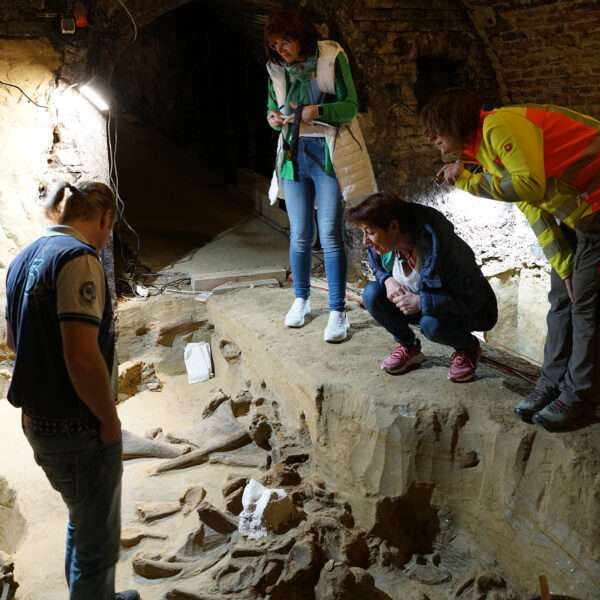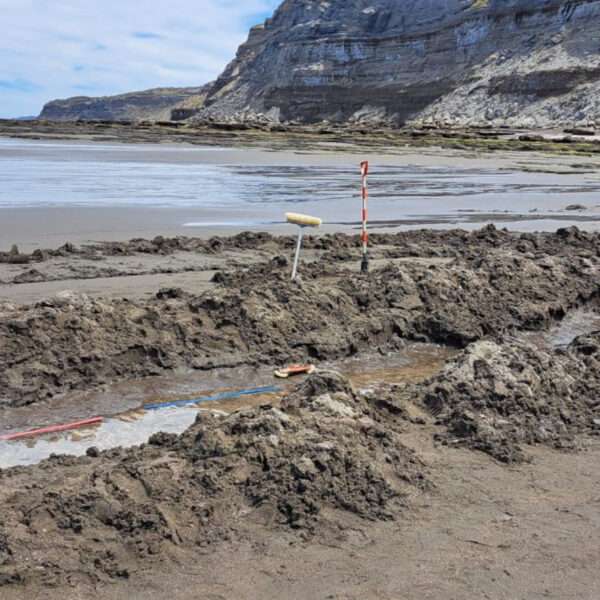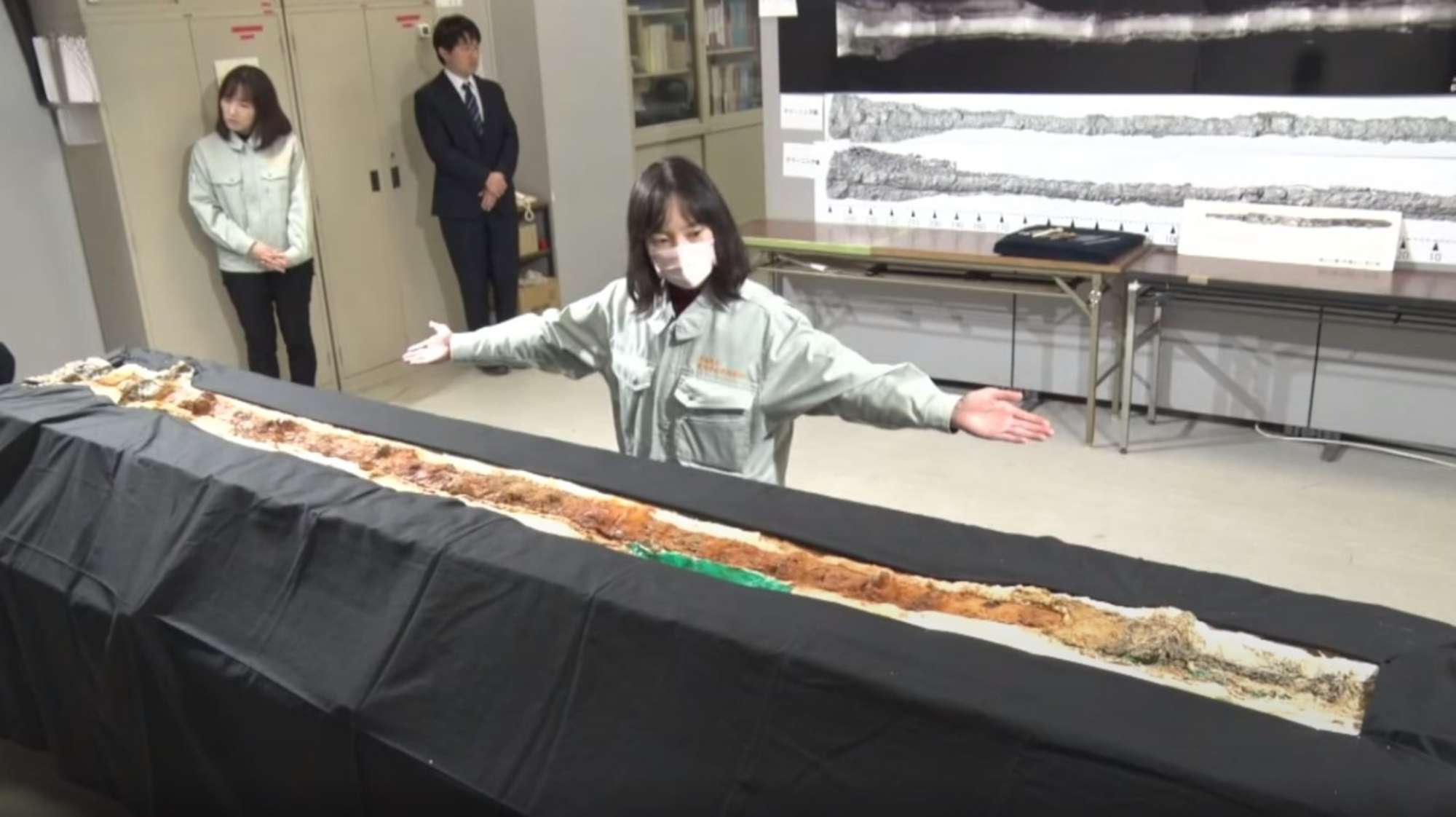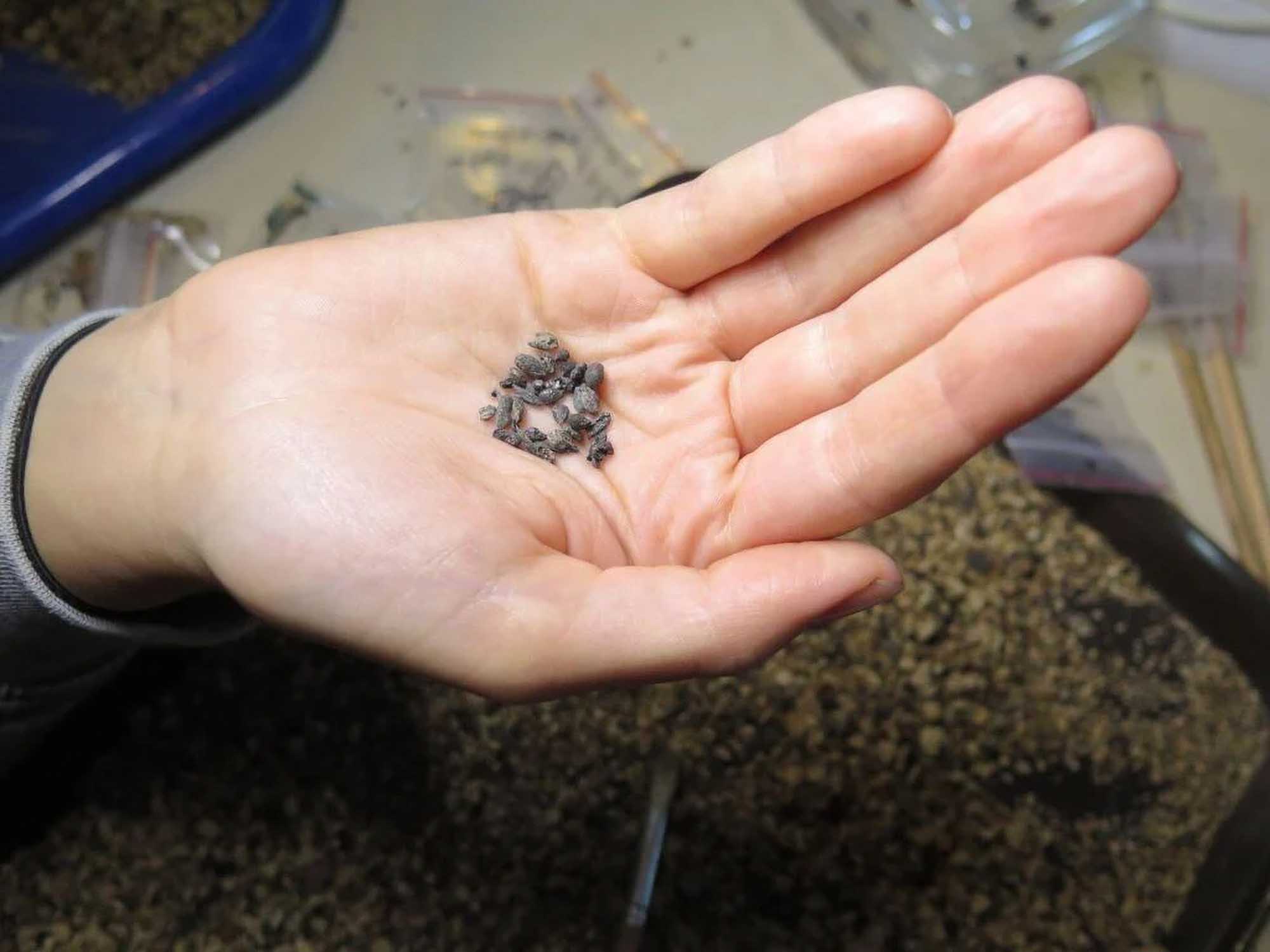This is the dramatic moment a railway viaduct dating back more than 100 years is blown up ahead of work to build a new one to accommodate moving mountains.
Footage captured in the Canton of Graubuenden, Switzerland, depicted the Castielertobel Viaduct, resting on two 50-metre-high (164 feet) stone pillars being successfully demolished on 13th May.
The demolition, executed by the Swiss transport company Rhaetian Railway (RhB), followed after the inspections in 2019 discovered serious damage to the 1914 viaduct’s steel structure.
RhB said in a statement obtained by Newsflash: “The Castielerviaduct on the Arosa line of the Rhaetian Railway (RhB) will be rebuilt in the years 2023/24.
“Except for a two-week total closure in May 2024, just before completion, the construction work will take place entirely during ongoing operations.”
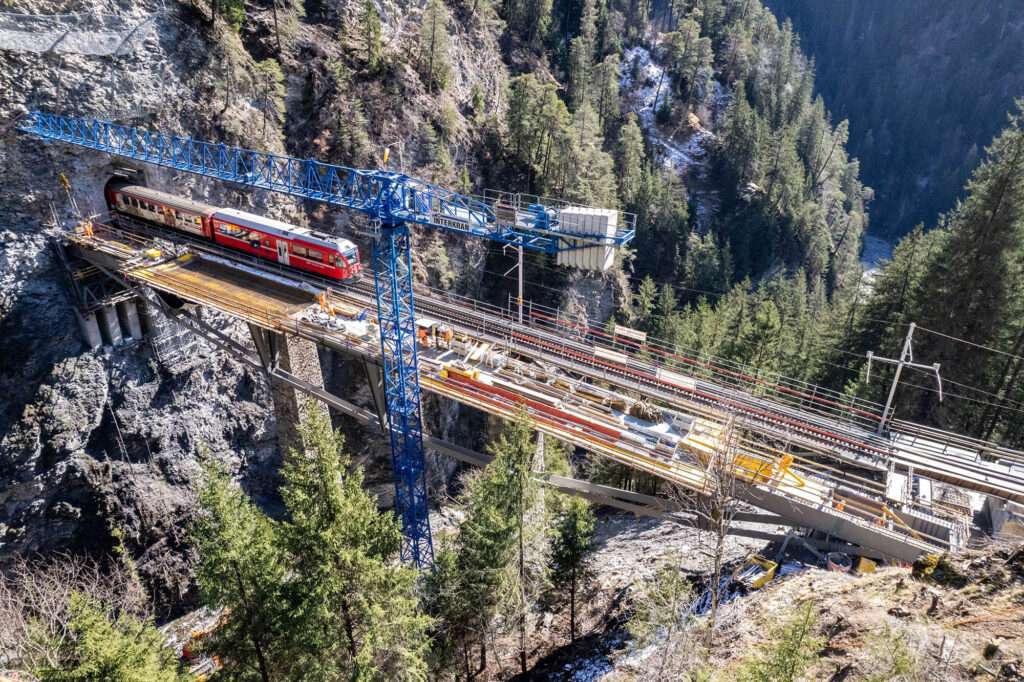
It continued: “During the two-week total closure, the old structure will be dismantled, the pillars will be demolished using blasting and the abutment structures will be completed.
“The new structure will then be moved to the track position of the old bridge. At the end of the total closure, track construction work and the installation of the contact line follow.
“The area will be cordoned off over a large area during the demolition.”
In the statement, RhB officials attributed the viaduct’s damage to the challenging geological location with moving mountains as a result of ongoing geological activity.
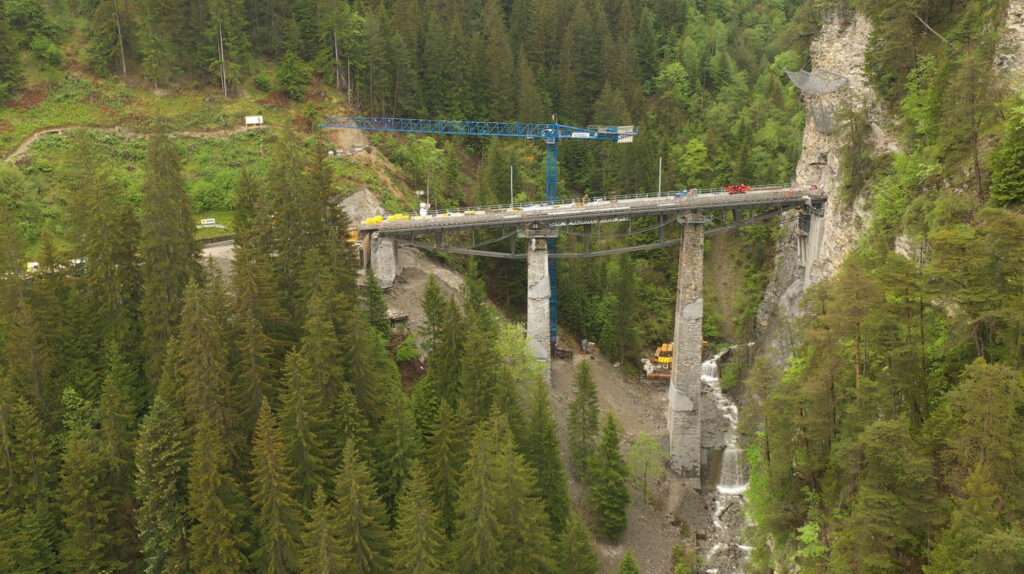
Engineers and geologists consider these factors when designing and constructing bridges in mountainous regions, and bridge design and construction techniques incorporate measures to mitigate the potential effects of mountain movement, such as flexible joints, seismic bracing, and slope stabilization measures.
The engineers stated that a new construction will replace the existing structure, spanning the viaduct with a length of 84 metres (275 feet).
RhB added: “The entire structure must be capable of accommodating slope movements over the next 100 years and shortening by a total of 1.5 metres [4.9 feet].
“On the Arosa side, the bridge will be anchored to a new concrete pillar, which is anchored back into healthy rock and capable of absorbing braking and earthquake forces.”



